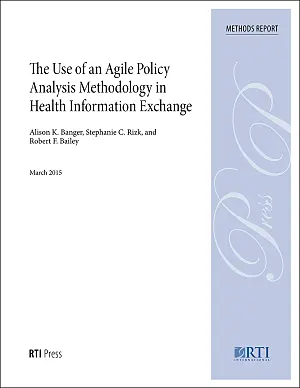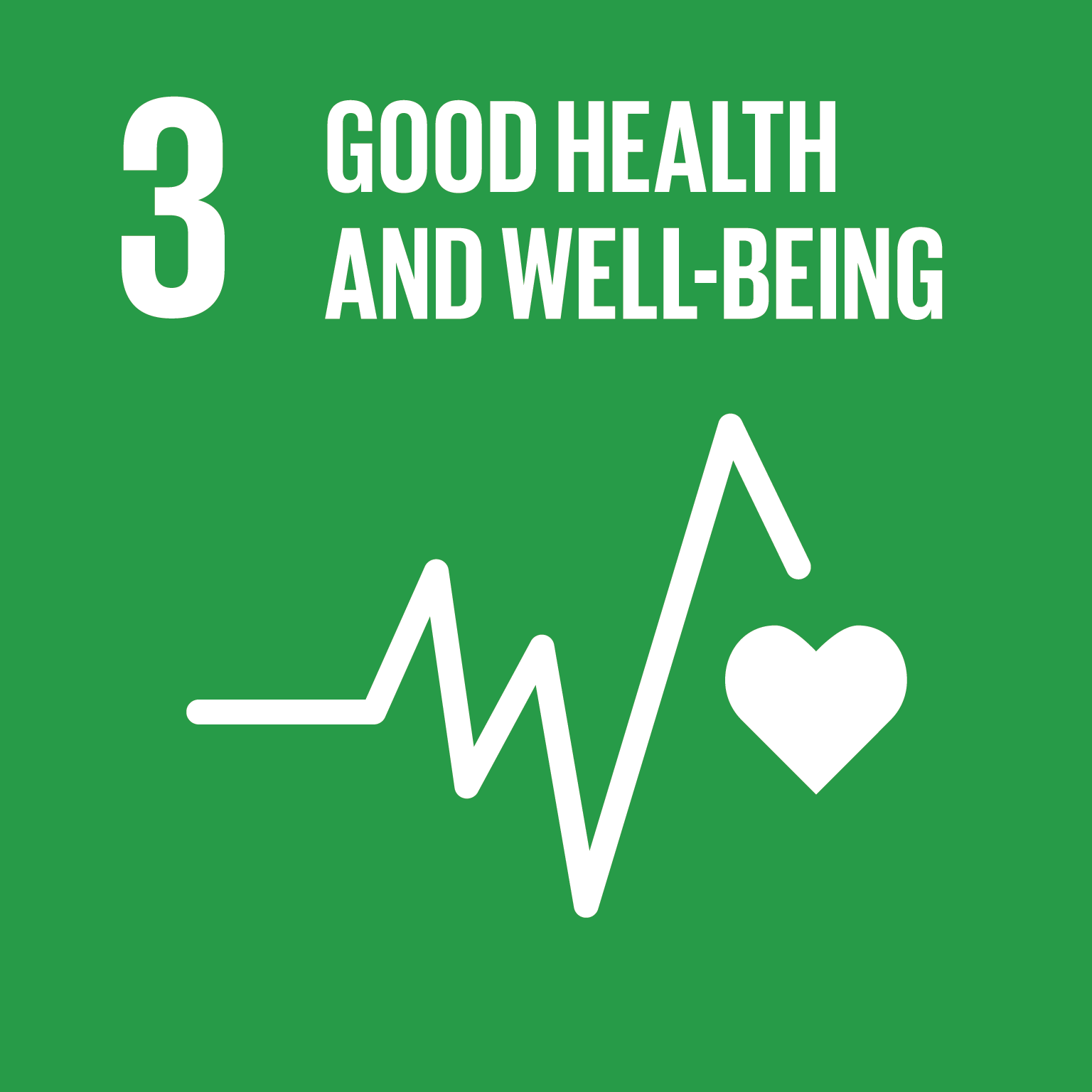The use of an agile policy analysis methodology in health information exchange
By Alison K. Banger, Stephanie C. Rizk, Robert Bailey.
March 2015 Open Access Peer Reviewed
DOI: 10.3768/rtipress.2015.mr.0030.1503
Abstract
Between 2010 and 2014, the Office of the National Coordinator for Health Information Technology (ONC) contracted with RTI International to administer the State Health Policy Consortium (SHPC). The project objective was to provide states with resources needed to develop solutions to challenges preventing or impeding health information exchange (HIE) across state lines. The methods used to establish, fund, support, and manage consortiums, which we refer to as an “agile policy analysis methodology,” resulted in a number of successful HIE pilot and demonstration projects. The structured yet flexible framework developed by RTI helped to identify and implement high-value projects through a grassroots approach. Challenges and opportunities within the HIE environment evolve rapidly. As solutions are implemented and HIE expands, new opportunities and tipping points emerge. The flexible SHPC model allowed ONC to take advantage of these opportunities as they emerged, to make rapid progress. This report describes the agile policy analysis methodology the SHPC developed and used to support collaboration between states regarding HIE, enumerates the benefits of this methodology and the conditions under which it succeeds, and discusses how it can be employed in the future to further support both HIE and other challenges requiring multistate collaboration.
![]() © 2025 RTI International. This work is licensed under a Creative Commons Attribution-NonCommercial-NoDerivatives 4.0 International License.
© 2025 RTI International. This work is licensed under a Creative Commons Attribution-NonCommercial-NoDerivatives 4.0 International License.
To contact an author or seek permission to use copyrighted content, contact our editorial team
RTI’s mission is to improve the human condition by turning knowledge into practice. As an independent, scientific research institute, we share our findings openly - through RTI Press, other peer-reviewed publications, and media – in line with scientific standards. Sharing our evidence-based results ensures the scientific community can build on the knowledge and that our findings benefit as many people as possible.


